

Articles
How Many Amps Does A Cooktop Use
Modified: August 27, 2024
Discover the power consumption of cooktops in this informative article. Learn how many amps a cooktop typically uses and find energy-efficient options.
(Many of the links in this article redirect to a specific reviewed product. Your purchase of these products through affiliate links helps to generate commission for Storables.com, at no extra cost. Learn more)
Introduction
A cooktop is an essential appliance in any kitchen, providing a convenient and efficient way to prepare meals. However, when it comes to the electrical usage of cooktops, many people are left wondering how many amps they consume.
In this article, we will delve into the world of cooktops and explore how amps play a role in their operation. We will also discuss the factors that affect amp usage, different types of cooktops, and provide helpful tips for managing amp usage efficiently. So let’s get started and shed some light on the amperage of cooktops!
Key Takeaways:
- Efficiently managing amp usage in your kitchen can optimize energy consumption, prevent electrical issues, and contribute to a sustainable, environmentally-friendly lifestyle.
- Understanding the amp requirements of electric, gas, and induction cooktops is crucial for informed decisions on installation, energy consumption, and kitchen safety.
Read more: How Many Amps For Induction Cooktop
What is a Cooktop?
A cooktop, also known as a stovetop or hob, is a flat surface equipped with burners or heating elements used for cooking food. It is typically placed on a countertop or built into a kitchen island. Cooktops come in various sizes and configurations, offering different types of heating methods such as gas, electric, or induction.
One of the main advantages of a cooktop is its versatility. It allows users to cook multiple dishes simultaneously by providing separate cooking zones or burners. This flexibility makes it easier to control heat levels for different cooking techniques such as simmering, boiling, sautéing, or frying.
Cooktops have evolved over the years, incorporating advanced features like touch controls, temperature sensors, timers, and safety mechanisms. These enhancements offer convenience and precision in cooking, making the overall culinary experience more enjoyable.
Now that we have a basic understanding of what a cooktop is, let’s dive deeper into the concept of amps and how they relate to cooktops.
Understanding Amps
Before we delve into the amp usage of cooktops, it’s important to have a clear understanding of what amps are.
Amps, short for amperes, are a unit of electric current. They measure the flow of electrical charge through a conductor, such as a wire. In simpler terms, amps determine how much electricity is being used at a given time.
In the context of cooktops, amps play a crucial role in determining the electrical requirements and energy consumption of the appliance. The higher the amp rating, the more electrical power the cooktop requires to operate efficiently.
Amps are a critical consideration when it comes to installing and using a cooktop. It is important to ensure that the electrical circuitry in your kitchen can safely handle the amp load generated by the cooktop. Failure to do so can lead to electrical overloads, tripped circuit breakers, or even electrical hazards.
When shopping for a cooktop, you may notice that different models come with varying amp ratings. It is essential to select a cooktop that is compatible with the electrical circuit in your home. This information can usually be found in the cooktop’s specifications or user manual.
Now that we have a basic understanding of amps, let’s explore the factors that can affect the amp usage of cooktops.
Factors Affecting Amp Usage
Several factors can influence the amp usage of a cooktop. The following are some of the key factors to consider:
- Cooktop Type: The type of cooktop you have will significantly impact its amp usage. Gas cooktops generally have lower amp requirements compared to electric or induction cooktops. This is because gas cooktops rely on a flame for heat generation, whereas electric and induction cooktops use electrical energy.
- Number of Burners: The number of burners or cooking zones on a cooktop affects the overall amp usage. The more burners that are in use simultaneously, the higher the amp load on the cooktop. It’s essential to be mindful of how many burners you are using to manage amp usage effectively.
- Heat Settings: The level of heat or power you set on the cooktop can affect its amp usage. Higher heat settings require more electrical energy, resulting in increased amp usage. Similarly, lower heat settings will consume fewer amps. Adjusting the heat settings based on your cooking needs can help optimize amp usage.
- Cookware: The type and size of cookware used on the cooktop can also impact amp usage. Cookware with a larger surface area or higher conductivity will distribute heat more efficiently, allowing for reduced cook time and lower amp usage. Additionally, using properly sized cookware for the burner size can prevent energy wastage and excessive amp consumption.
- Efficiency of the Cooktop: The overall energy efficiency of the cooktop can influence amp usage. Cooktops with advanced technologies such as induction cooking or energy-saving features tend to be more efficient, resulting in lower amp requirements for the same level of performance.
By considering these factors and implementing efficient cooking practices, you can effectively manage and optimize the amp usage of your cooktop, resulting in energy savings and reduced electricity costs.
Now that we have explored the factors that affect amp usage, let’s discuss the specific amp requirements of different types of cooktops.
Electric Cooktops and Amps
Electric cooktops rely on electricity to generate heat for cooking. They usually have heating elements made of coils or solid materials such as ceramic or glass. The amp usage of electric cooktops can vary based on factors such as burner size, heat settings, and overall power efficiency.
Most electric cooktops require a 240-volt electrical circuit to operate, commonly known as a 220-volt circuit. This higher voltage allows electric cooktops to draw more power efficiently, making them preferable for high heat cooking and rapid temperature adjustments.
The amp rating for electric cooktops typically ranges from 30 amps to 50 amps, with the average being around 40 amps. However, it’s important to check the specifications of your specific cooktop model, as the amp rating can vary.
When using an electric cooktop, it’s essential to be mindful of how many burners you have turned on simultaneously and the heat settings you use. Using multiple burners on high heat settings will draw more amps from the electrical circuit and increase energy consumption. Adjusting the heat settings based on your cooking needs and using the appropriate burner size can help manage amp usage effectively.
Additionally, it’s worth mentioning that some electric cooktops feature power-sharing technology. This means that if one burner is turned on to its maximum heat, the maximum power available for the remaining burners may be reduced. This power distribution can help prevent overloading the electrical circuit and ensure safe and efficient operation.
Now that we have explored electric cooktops and their amp requirements, let’s move on to discussing gas cooktops and their amp usage.
When determining the amps a cooktop uses, you can typically find this information on the appliance’s label or in the owner’s manual. Look for the electrical specifications to find the amp rating.
Read more: How Many Amps Does Alexa Use
Gas Cooktops and Amps
Gas cooktops are a popular choice among home cooks for their precise heat control and immediate response to temperature adjustments. Unlike electric cooktops, gas cooktops use natural gas or propane to fuel the burners, making them independent of electrical power for heat generation.
As gas cooktops don’t require electricity to produce heat, their amp usage is significantly lower compared to electric cooktops. In fact, gas cooktops generally don’t have an amp rating, as they don’t draw electrical power from the circuit. Instead, they rely on a gas supply, which requires proper connection and ventilation.
However, it’s important to note that even though gas cooktops don’t have an amp rating, they often require a small amount of electric power for certain features such as igniters, control knobs, and indicator lights. This power consumption is minimal and usually falls within the range of a few watts.
When installing a gas cooktop, it’s crucial to have the gas supply line properly installed by a professional to ensure safety and efficient operation. Additionally, proper ventilation is necessary to remove any combustion byproducts and maintain a healthy indoor environment.
Gas cooktops offer the advantage of precise temperature control, instant heat, and energy efficiency. This makes them a popular option for professional chefs and cooking enthusiasts alike.
Now that we have explored gas cooktops and their minimal amp usage, let’s move on to discussing another type of cooktop, induction cooktops, and their amp requirements.
Induction Cooktops and Amps
Induction cooktops are a modern and efficient option for cooking that utilize electromagnetic currents to generate heat. Unlike gas or electric cooktops, induction cooktops directly heat the cookware rather than the surface, resulting in fast and precise cooking.
Induction cooktops require electricity to power the magnetic fields that interact with the cookware. The amp usage of induction cooktops can vary depending on factors such as the number of burners, the power rating of the cooktop, and the heat settings.
Most induction cooktops operate on a standard 240-volt electrical circuit, similar to electric cooktops. However, the amp ratings for induction cooktops can range from 30 amps to 50 amps, depending on the power requirements of the specific model.
It’s important to note that induction cooktops are known for their energy efficiency. They deliver heat directly to the cookware, resulting in minimal heat loss and quicker cooking times. As a result, they generally consume less energy and draw fewer amps compared to traditional electric cooktops.
When using an induction cooktop, it’s crucial to use cookware that is compatible with induction heating. Induction cooktops require cookware with a magnetic base, such as cast iron or stainless steel, to generate heat effectively. Non-magnetic cookware, such as aluminum or copper, will not work on an induction cooktop.
It’s also worth mentioning that some induction cooktops come with advanced features, such as power boosters or multiple power levels. These features can affect amp usage, so it’s important to consider the specific requirements of your cooktop and adjust the heat settings accordingly to manage amp usage effectively.
Now that we have explored induction cooktops and their amp requirements, let’s move on to discussing the average amp usage for cooktops in general.
Average Amp Usage for Cooktops
The average amp usage for cooktops can vary depending on the type of cooktop, the number of burners in use, and the heat settings. Here is a general guideline for the average amp usage for different types of cooktops:
- Electric Cooktops: On average, electric cooktops require around 40 amps of electrical power. However, this may vary depending on the specific model and its power requirements. It’s important to refer to the manufacturer’s specifications or user manual to determine the exact amp usage of your electric cooktop.
- Gas Cooktops: Gas cooktops generally don’t have an amp rating, as they primarily rely on the gas supply for heat generation. However, they may require a small amount of electrical power for certain features like igniters and control knobs, usually in the range of a few watts.
- Induction Cooktops: Induction cooktops typically have amp ratings ranging from 30 amps to 50 amps, similar to electric cooktops. However, due to their energy-efficient design, they tend to consume less energy and draw fewer amps compared to traditional electric cooktops.
Remember that these are just average figures, and the actual amp usage may vary depending on the specific cooktop model, the size of the burners, and the heat settings used. Some cooktops also have power management features that can affect amp usage based on the number of burners in use.
It’s important to consult the product documentation or reach out to the manufacturer to determine the exact amp usage of your specific cooktop. This information will help you ensure that your cooktop is installed on an appropriate electrical circuit and that you manage amp usage effectively to prevent any electrical issues.
Now that we have discussed the average amp usage for cooktops, let’s move on to some tips on efficiently managing amp usage in the kitchen.
Tips for Efficiently Managing Amp Usage
Managing amp usage in your kitchen can help you optimize energy consumption and prevent electrical issues. Here are some tips to efficiently manage amp usage when using your cooktop:
- Use the right-sized cookware: Using cookware that matches the size of the burner can help ensure efficient heat transfer and prevent energy wastage. Oversized cookware can lead to heat loss and increased amp usage.
- Match heat settings to your needs: Adjust the heat settings on your cooktop based on your cooking requirements. Higher heat settings consume more energy and draw more amps, so try to use lower heat settings whenever possible.
- Use lids on pots and pans: When cooking with liquids, using lids can help retain heat and cook more efficiently. This reduces the cooking time and can result in lower amp usage.
- Minimize preheating time: Preheating the cooktop for extended periods can consume unnecessary energy. Instead, preheat for the recommended time and monitor the temperature to achieve the desired results without overuse of amps.
- Cook in batches: If possible, plan your cooking in batches to utilize multiple burners at once. This helps distribute the amp load evenly and minimizes the usage time of the cooktop.
- Clean your cooktop regularly: A clean cooktop allows for better heat transfer and efficiency. Remove any food debris or residue that can obstruct heat flow and reduce the amp usage of your cooktop.
- Consider energy-efficient cooktops: If you’re in the market for a new cooktop, look for energy-efficient options. Induction cooktops, for example, offer faster heating and precise temperature control, resulting in reduced energy consumption and lower amp usage.
- Get professional installation: Ensure that your cooktop is installed correctly by a qualified professional. They can ensure that the electrical circuitry is properly set up for the amp load of your cooktop, reducing the risk of overloads or electrical hazards.
By following these tips, you can effectively manage amp usage and promote energy efficiency in your kitchen. Not only will this benefit the environment, but it can also help you save on electricity costs in the long run.
Now that we have covered tips for efficiently managing amp usage, let’s wrap up our article.
Read more: How Many Amps Does An HVAC Use
Conclusion
Understanding the amp usage of cooktops is essential for efficient cooking and managing electrical power in your kitchen. Whether you have an electric, gas, or induction cooktop, being aware of their amp requirements can help you make informed decisions about installation, energy consumption, and overall kitchen safety.
Electric cooktops typically require an amp rating of around 40 amps, while gas cooktops rely on a gas supply and have minimal electrical power requirements. Induction cooktops fall in the same amp range as electric cooktops but are known for their energy efficiency and lower energy consumption.
To efficiently manage amp usage, consider using the right-sized cookware, matching heat settings to your needs, and cooking in batches when possible. Cleaning your cooktop regularly and considering energy-efficient models can also contribute to reducing amp usage and energy consumption.
Remember to always consult the specifications and user manual of your specific cooktop model to determine its exact amp requirements. It’s crucial to ensure that your cooktop is installed on an appropriate electrical circuit to prevent overloading and electrical hazards.
By effectively managing amp usage in your kitchen, you can not only save energy and reduce electricity costs but also contribute to a more sustainable and environmentally-friendly lifestyle.
We hope that this article has shed light on the amp usage of cooktops and provided you with valuable insights into efficiently managing your kitchen’s electrical power. Whether you’re a cooking enthusiast or a professional chef, optimizing amp usage can enhance your culinary experience and make your kitchen more energy-efficient.
Curious about refining your kitchen space beyond just the appliances? Dive deeper into optimizing every corner with creative storage solutions recommended by leading experts in kitchen design. These practical tips not only save space but also enhance the functionality and aesthetics of your kitchen environment. Don't miss out on transforming your kitchen into a perfectly organized haven.
Frequently Asked Questions about How Many Amps Does A Cooktop Use
Was this page helpful?
At Storables.com, we guarantee accurate and reliable information. Our content, validated by Expert Board Contributors, is crafted following stringent Editorial Policies. We're committed to providing you with well-researched, expert-backed insights for all your informational needs.
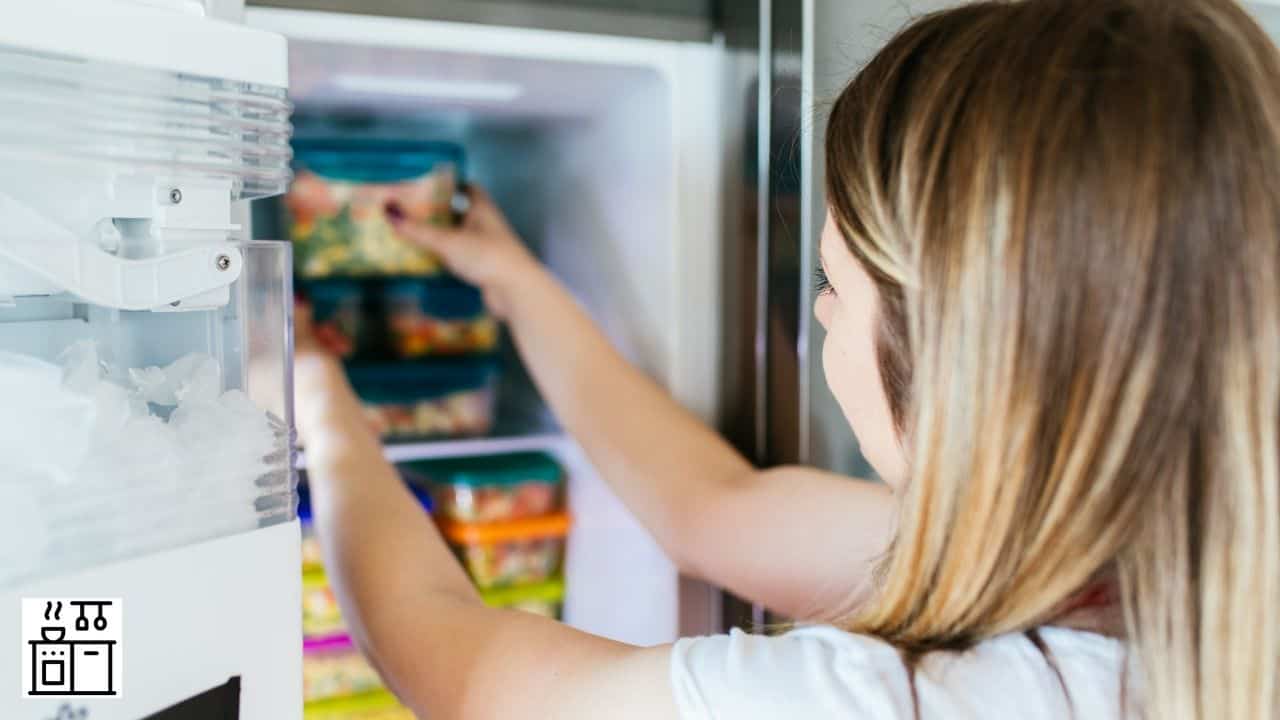
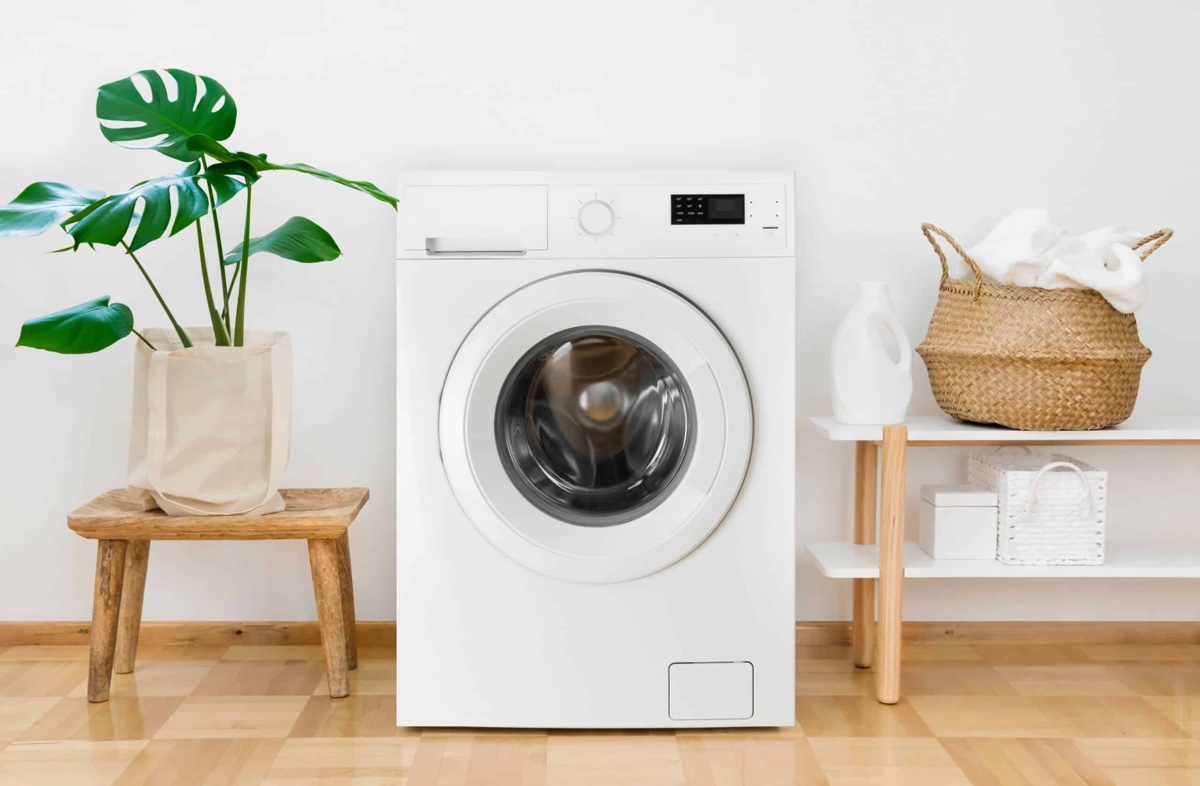
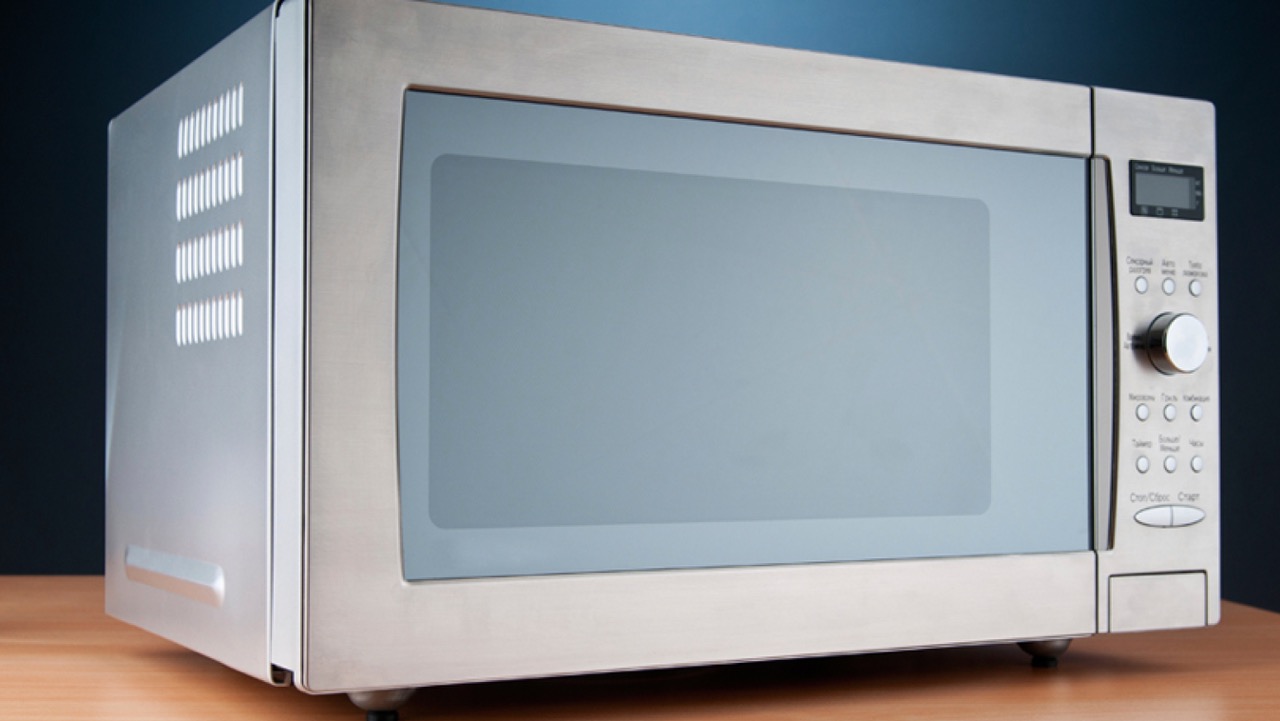
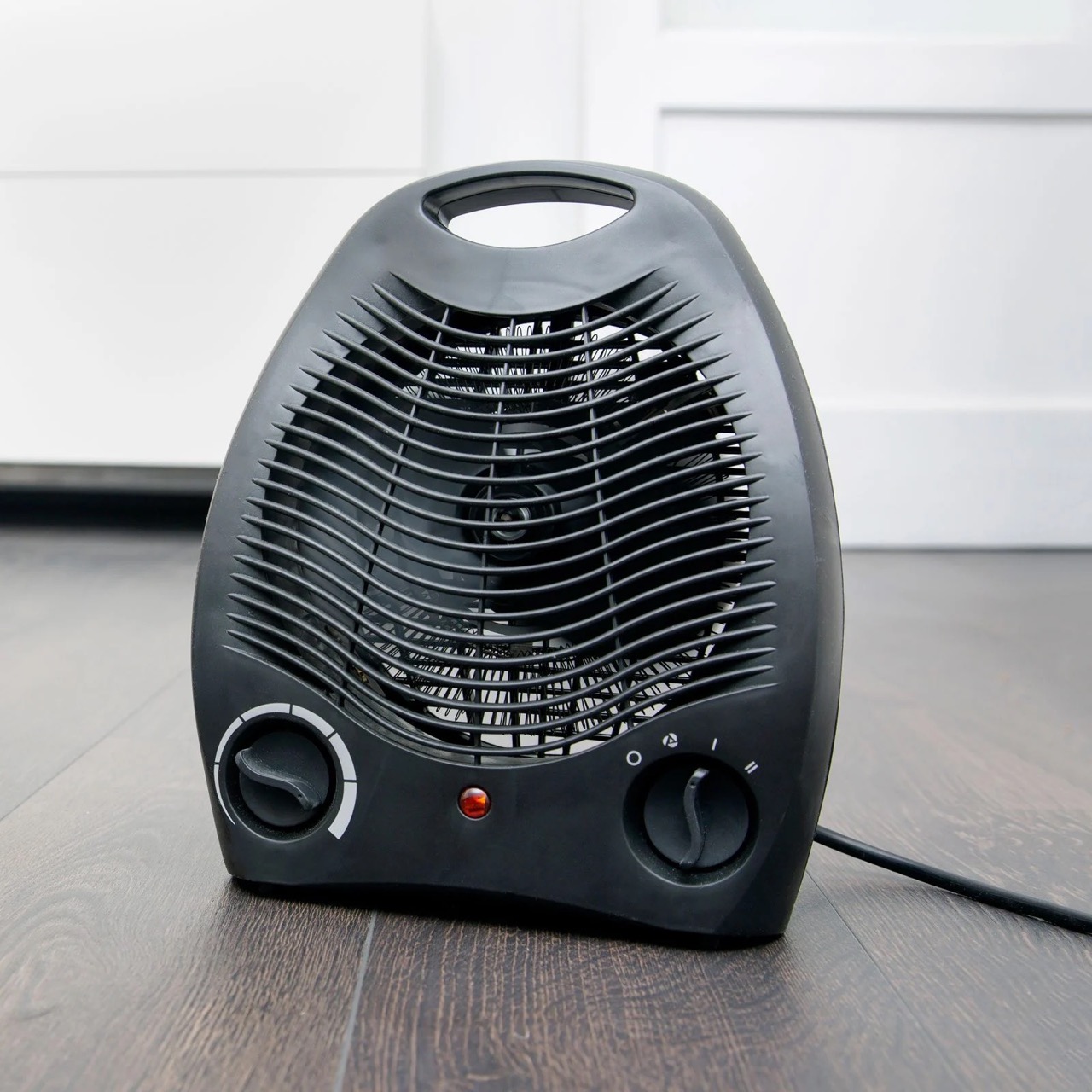
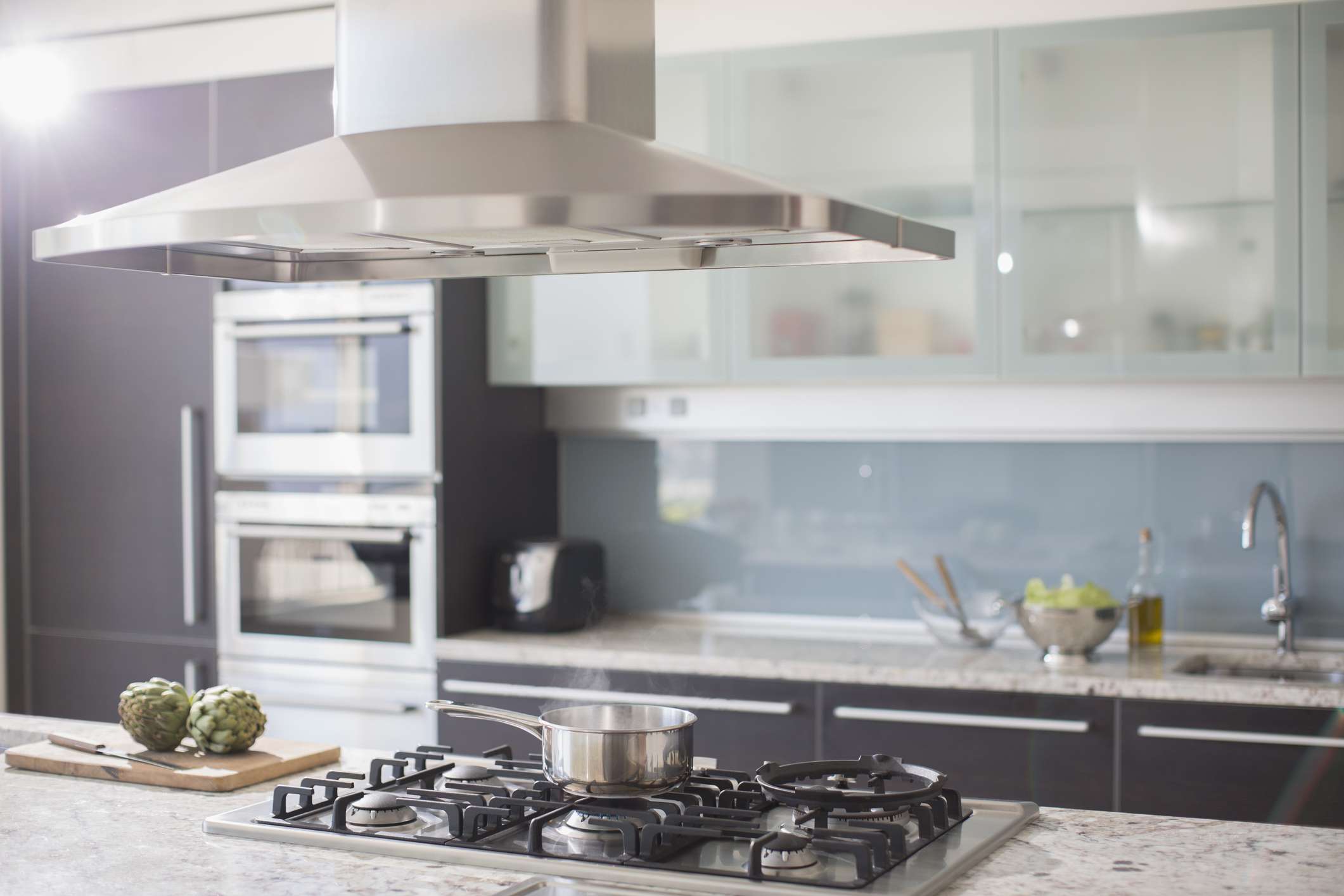
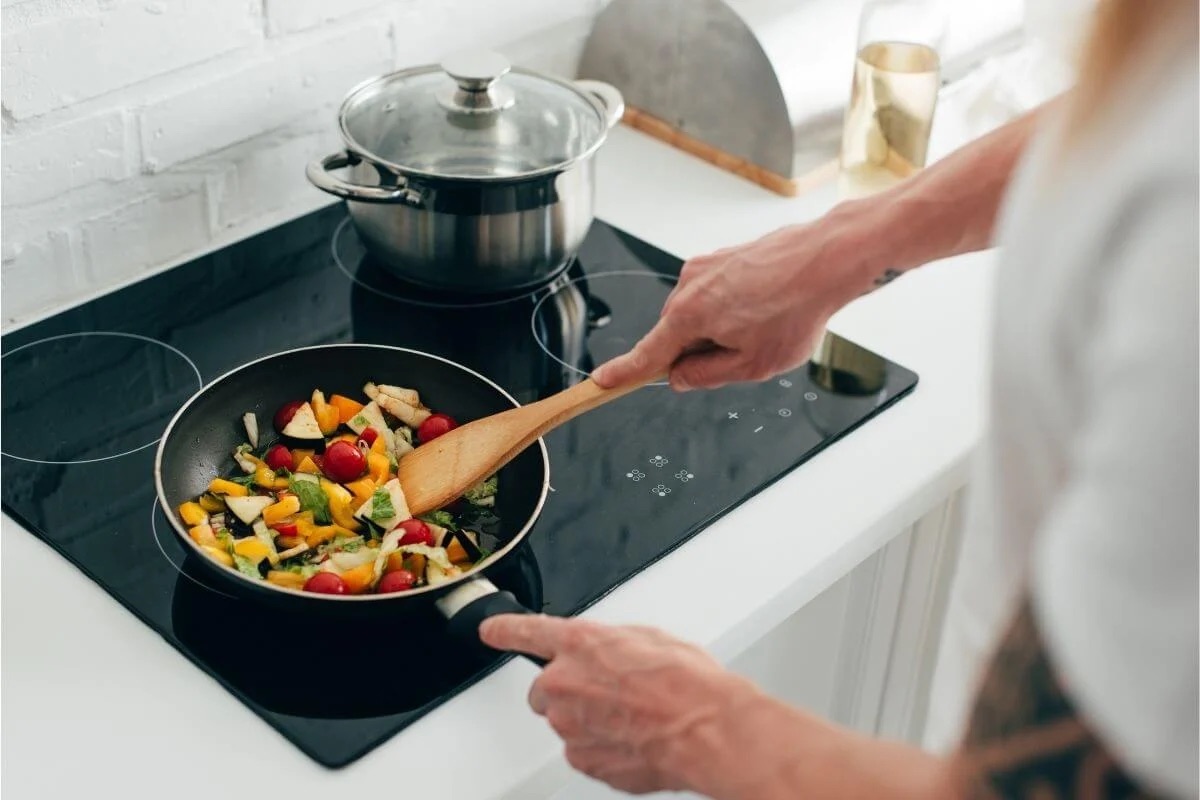
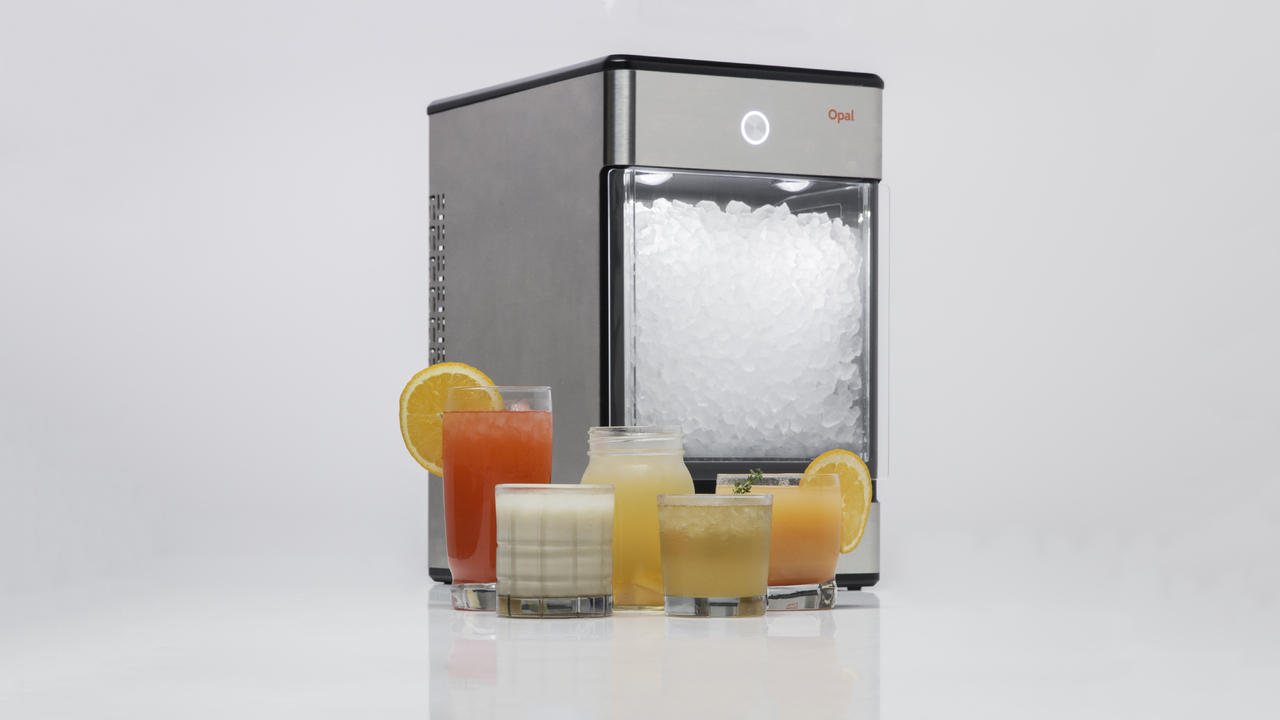
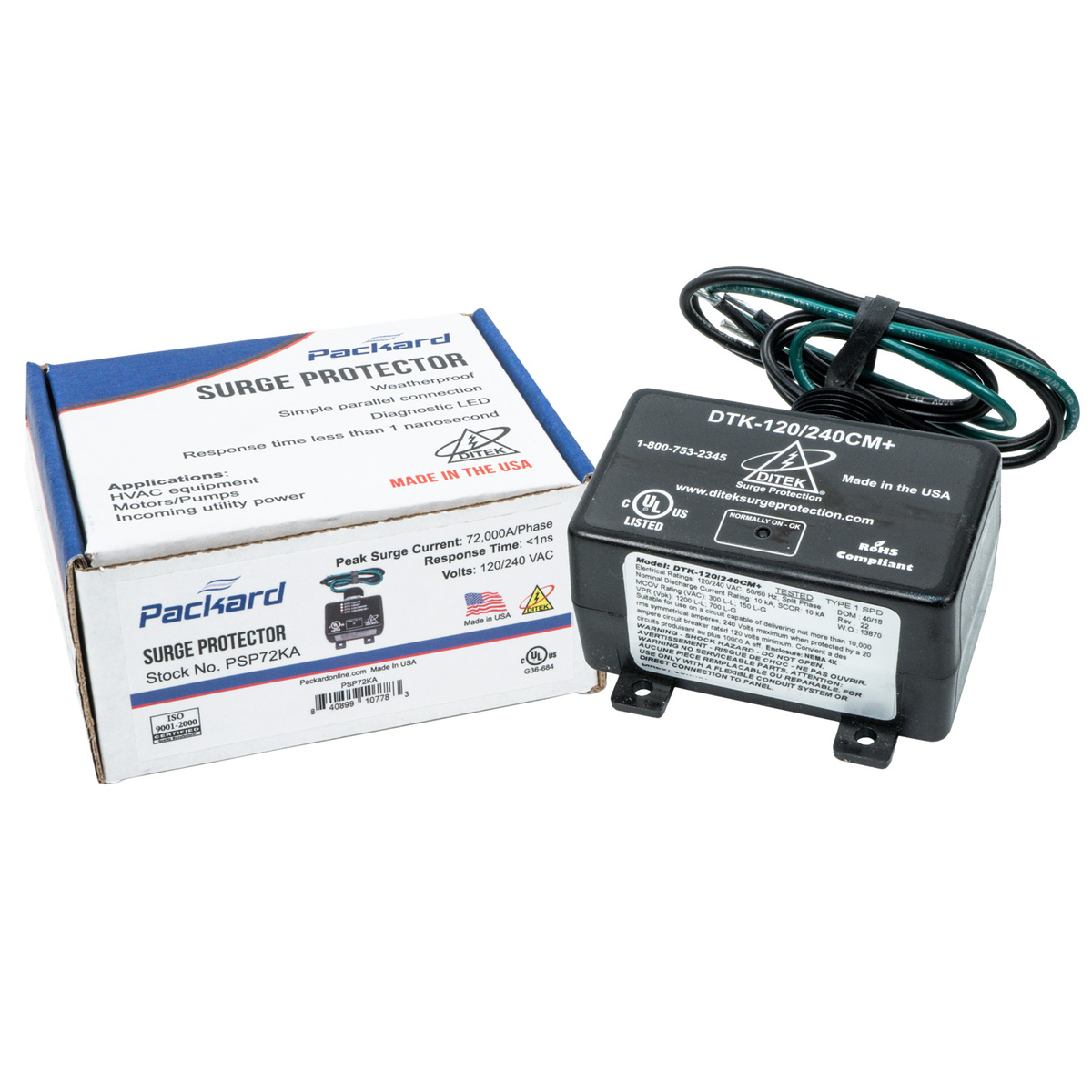
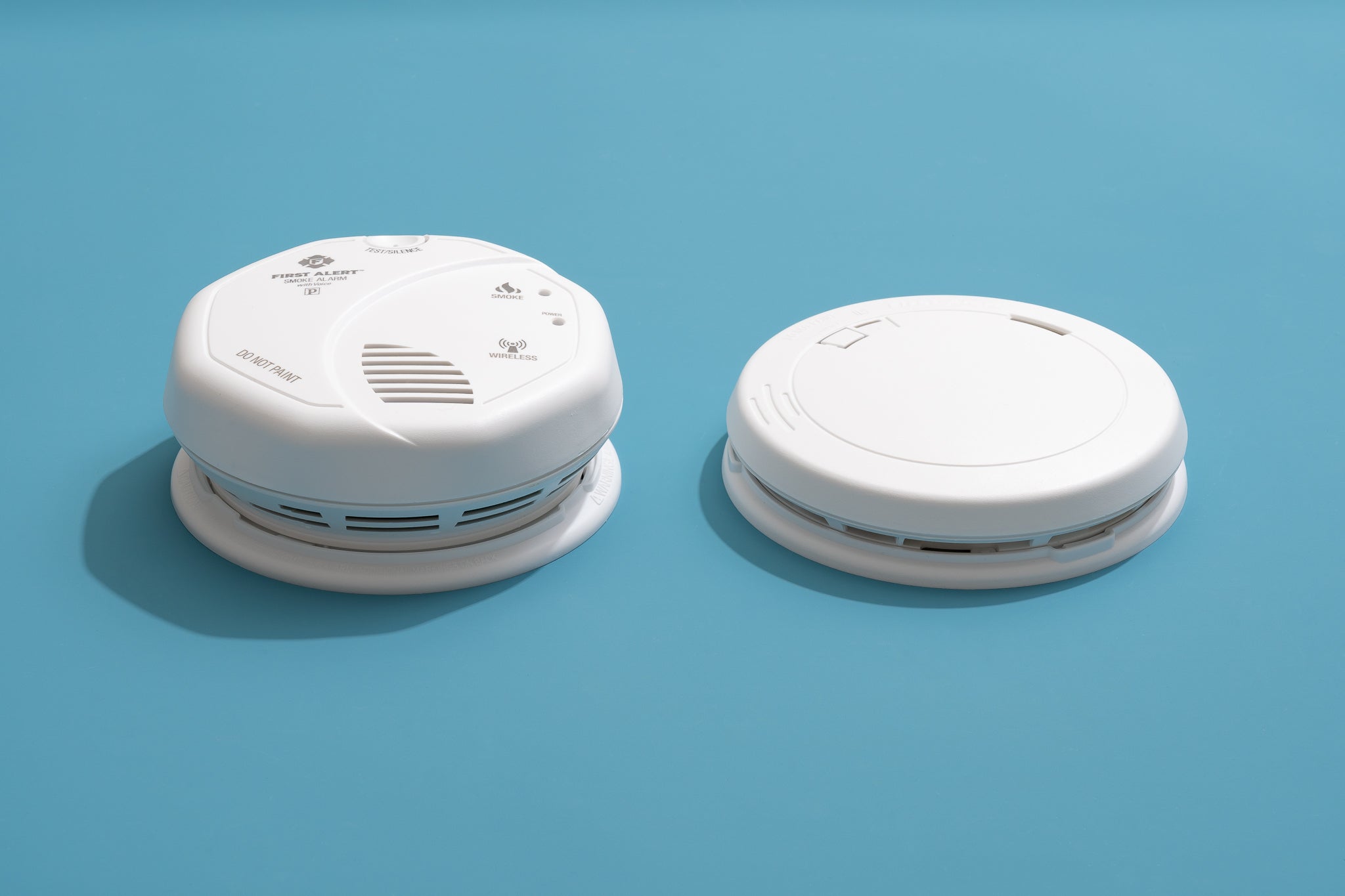
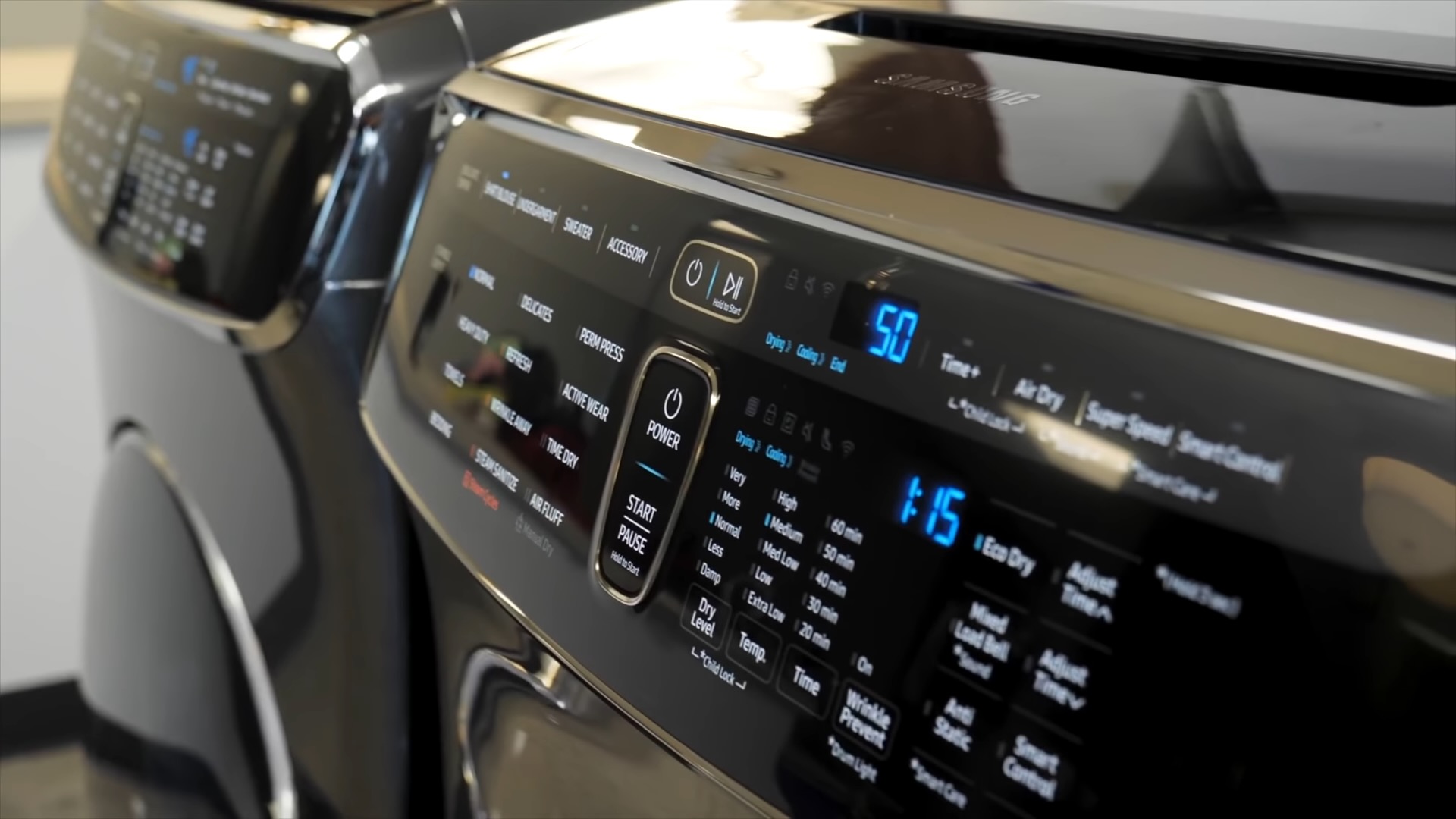
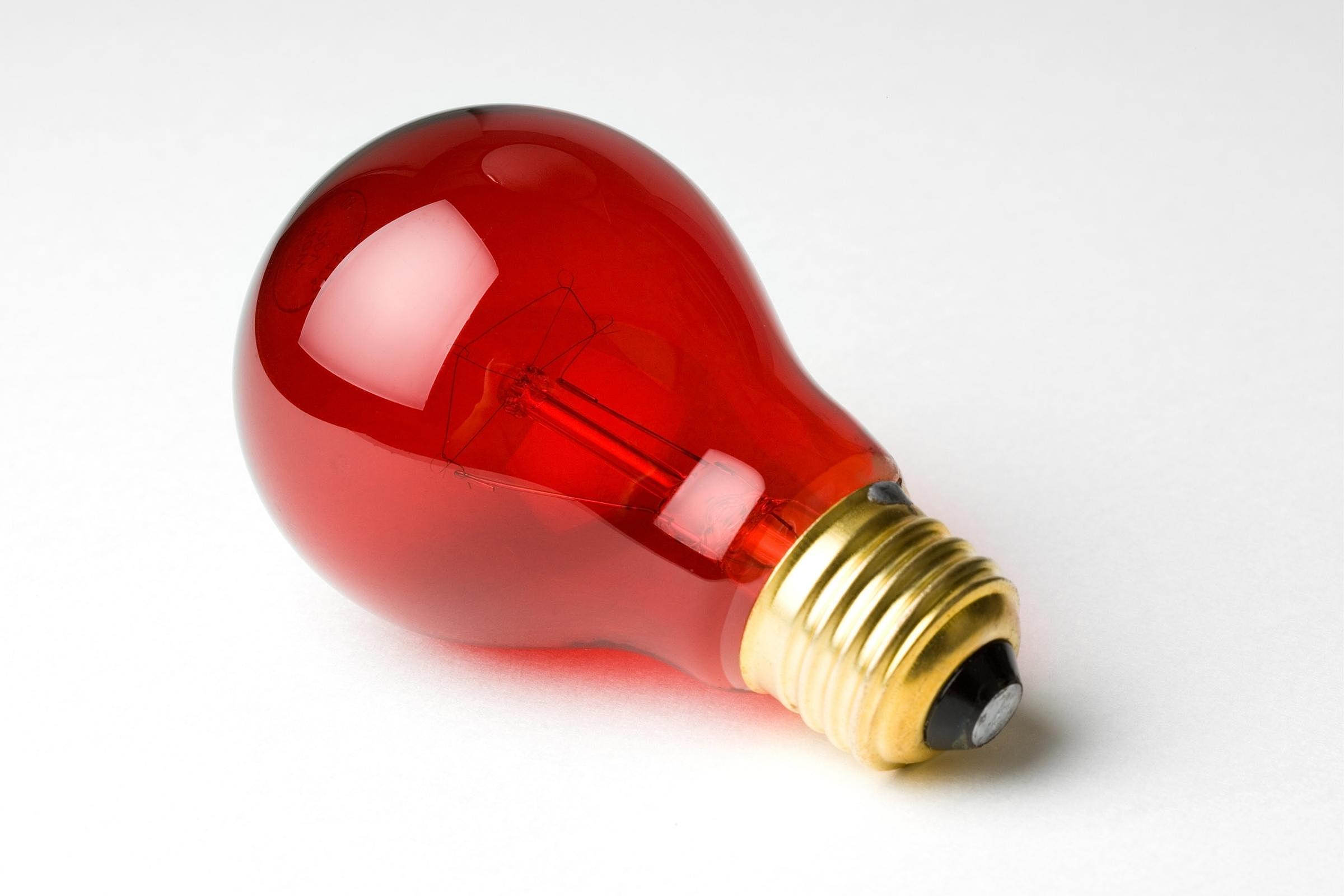
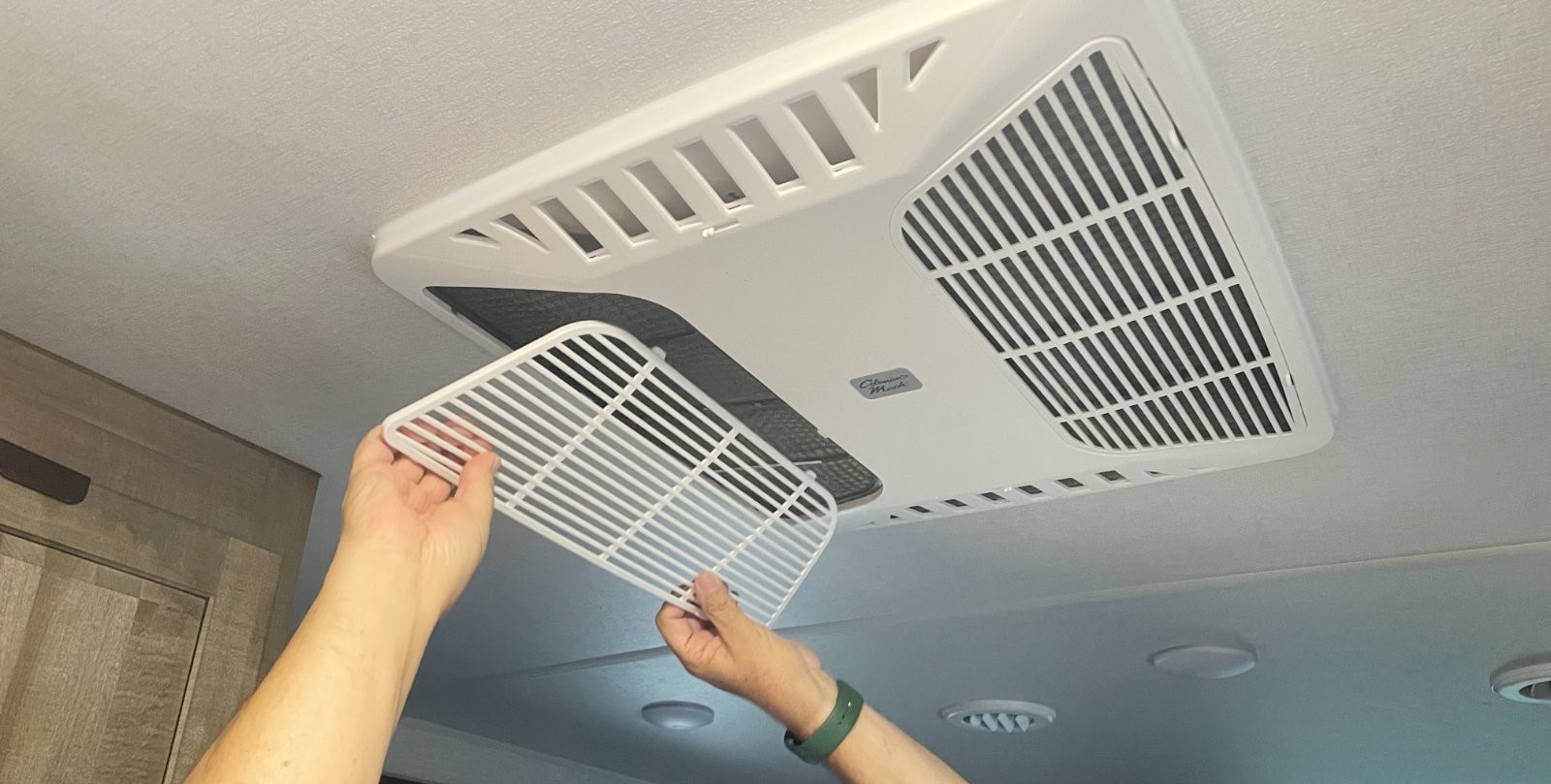


0 thoughts on “How Many Amps Does A Cooktop Use”